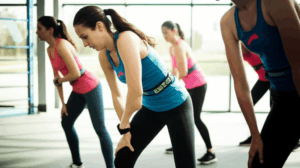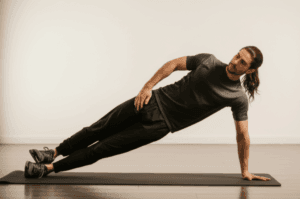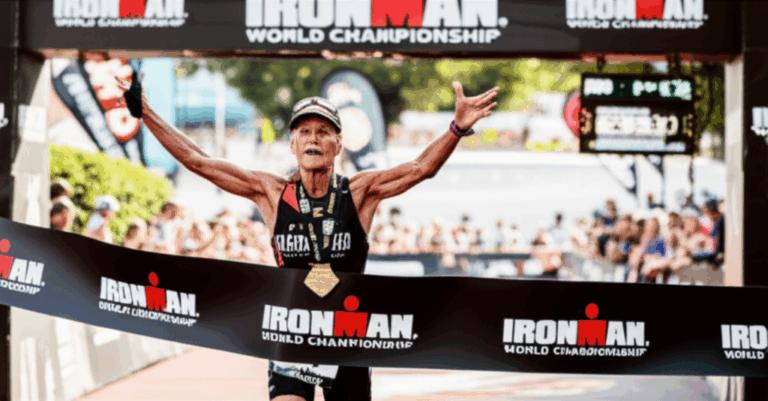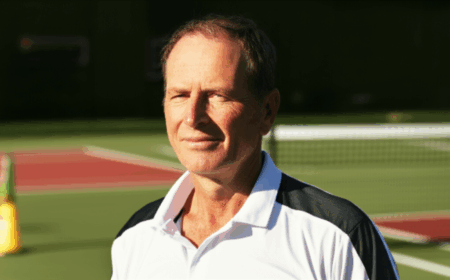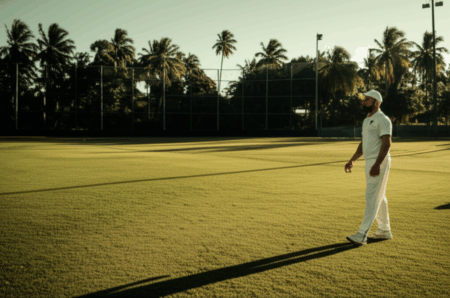Kona, Hawaii – October 11, 2025 – Natalie Grabow, an inspiring 80-year-old athlete from Mountain Lakes, New Jersey, has made history by becoming the oldest woman ever to complete the grueling Ironman World Championship in Kona, Hawaii. Grabow finished the iconic triathlon in a remarkable 16 hours, 45 minutes, and 26 seconds, not only well within the 17-hour cutoff but also securing victory in the female 80-84 division in her tenth start at the prestigious event. Her extraordinary achievement has captivated the endurance sports community and redefined perceptions of what is possible at an advanced age.
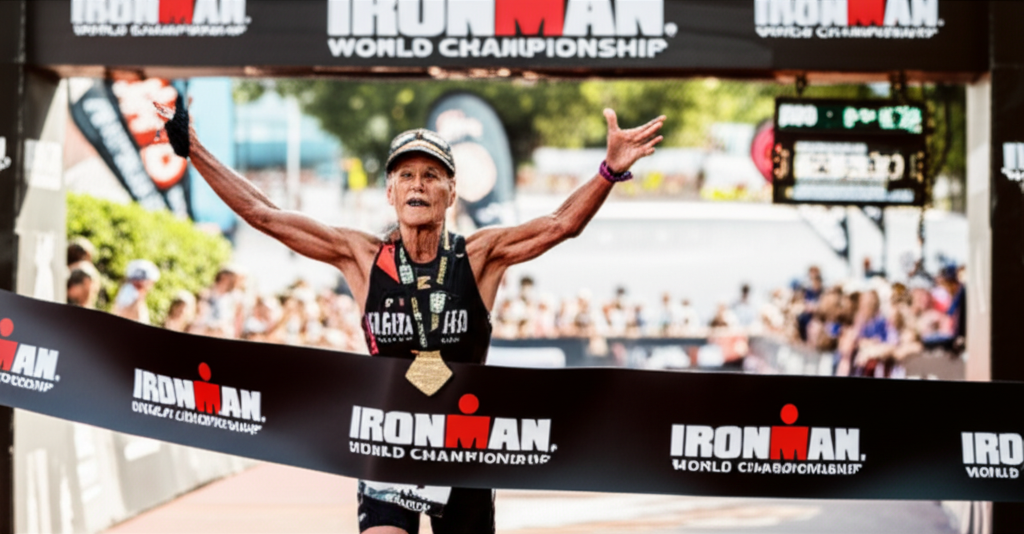
A Historic Achievement in Endurance Sports
The Ironman World Championship is widely regarded as one of the toughest one-day endurance events globally, comprising a 3.8km swim, a 180km bike ride, and a 42km marathon run, all under the challenging heat and humidity of Kona, Hawaii. On October 11, 2025, Natalie Grabow defied the odds and the elements, navigating choppy waters during the swim and battling through the intense conditions to cross the finish line to resounding cheers.
Grabow’s journey to this historic moment is particularly compelling as she only discovered triathlon in her 60s, having been a lifelong runner. Injuries from running prompted her to explore new avenues for staying active, leading her to learn to swim at 59 and subsequently embrace the multidisciplinary sport of triathlon. Her consistent dedication saw her qualify for the 2025 World Championship by completing Ironman Maryland in 15 hours and 53 minutes, becoming the first woman in the 75-79 category to finish that race. Her coach, Michelle Lake, describes Grabow as “resilient” and “disciplined,” highlighting her steady training approach and competitive spirit, even against male counterparts in her age group. Grabow surpasses the previous record held by Ironman Hall of Famer Cherie Gruenfeld, who completed Kona at age 78.
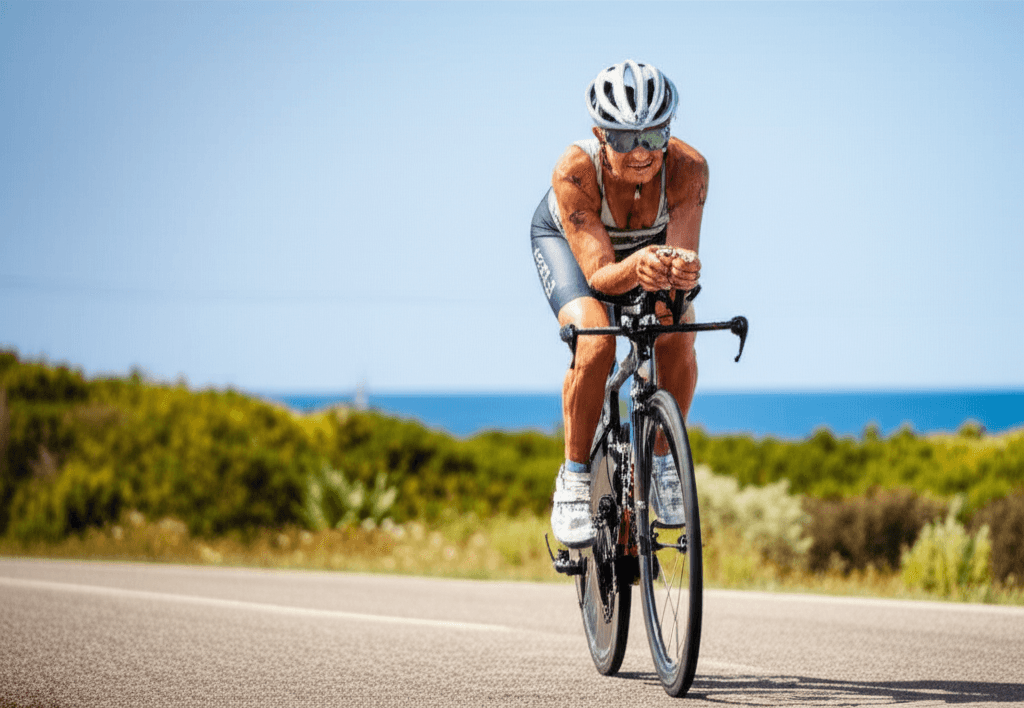
Natalie Grabow’s Age-Defying Fitness Routine
Natalie Grabow’s ability to not only compete but excel at the Ironman World Championship at 80 years old is a testament to a meticulously structured and highly consistent fitness routine. Her approach emphasizes injury prevention, steady progress, and a deep understanding of her body’s needs at an advanced age.
Strategic Swim Training
Swimming, often a challenging discipline for many triathletes, was a skill Grabow learned later in life at age 59. Her swim training focuses on technique, endurance, and consistency rather than high-volume bursts.
- Regular Pool and Open Water Sessions: Grabow trains consistently in the pool and incorporates open water swimming when feasible.
- Technique Drills: Emphasis is placed on practicing form and building comfort in the water, treating swimming as a foundational element for cardiovascular and respiratory health, with less impact on joints.
- Gradual Progression: Her coach notes a steady, gradual increase in her swimming capabilities, allowing her body to adapt without undue stress.
Cycling for Aerobic Capacity and Endurance
Cycling plays a crucial role in Grabow’s routine, providing a means to build aerobic capacity with minimal impact on bones and joints. She is known for her love of long bike rides.
- Long Endurance Rides: Natalie undertakes long rides that are relative to her fitness level, often mimicking the terrain she expects in race conditions.
- Structured Workouts: Her training incorporates varied bike workouts, including intervals, steady-state zones, and endurance rides, all carefully adjusted for recovery and fatigue management.
- Consistent Volume: Her coach mentions a high training volume for her age, with a particular affection for long bike rides.
Mindful Running and Injury Prevention
Running was Grabow’s initial sport, and it remains a core component of her training, though she is highly mindful of wear and tear.
- Moderate Weekly Mileage: She maintains a moderate weekly running mileage, reportedly a bit over 30 km (18.6 miles) split over several days, to avoid pushing high mileage that could lead to injury.
- Smart Pacing and Body Awareness: Grabow emphasizes smart pacing and listens intently to her body, adjusting her runs in response to soreness or fatigue.
- Consistency Over Speed: Rather than frequent speed workouts, her focus is on consistency and injury prevention. She even uses “fast shoes” (super shoes) to improve running efficiency.
Integrated Strength, Mobility, and Recovery
At 80, strength training, mobility work, and robust recovery protocols are not supplemental but vital to Grabow’s sustained health and durability.
- Strength and Functional Movements: Her routine includes strength workouts targeting core, leg strength, balance, and functional movements to support joints, posture, and efficiency in swimming and biking. She reportedly added one-on-one personal training sessions to her schedule.
- Mobility Exercises: Stretching, foam rolling, and gentle yoga are incorporated to maintain flexibility and reduce the risk of injury. Her coach highlights her dedication to mobility routines.
- Strategic Recovery: Unlike younger athletes who might push maximum intensity, Grabow focuses on manageable efforts and strictly observes recovery days. Her coach describes her as “a master of patience and pacing”. Her ability to manage fatigue is key to her long-term success.
- Nutrition: While not detailed extensively, her overall plan is designed to support long-distance performance, manage inflammation, and aid recovery.
Grabow’s philosophy, as shared ahead of the Kona race, encapsulates her approach: “All of us in sport are competitive and want to do well, but it’s the journey that matters… I’m so lucky to be able to do this, so I race with gratitude”. Her disciplined, consistent, and adaptable routine, combined with an unwavering positive attitude, serves as a powerful inspiration, demonstrating that age truly is just a number when it comes to pursuing extraordinary athletic feats.

